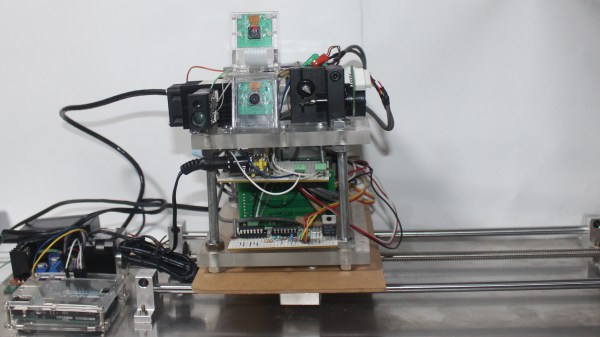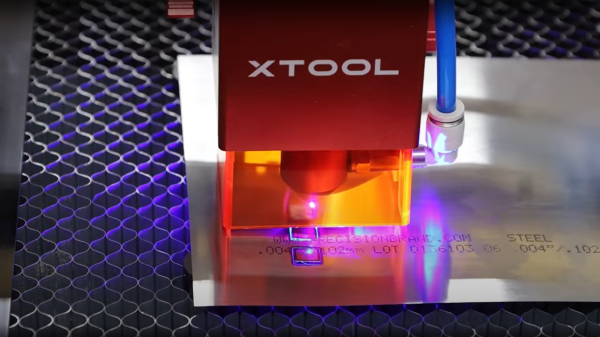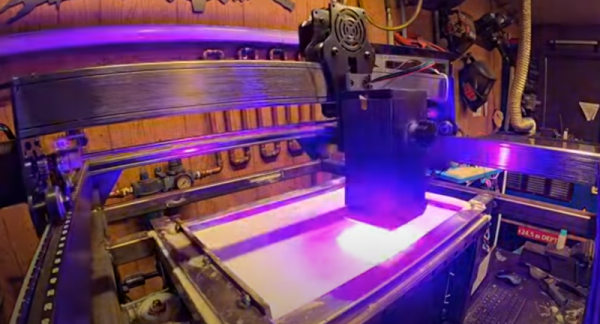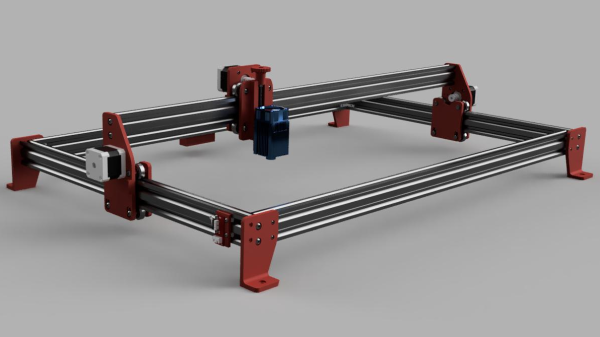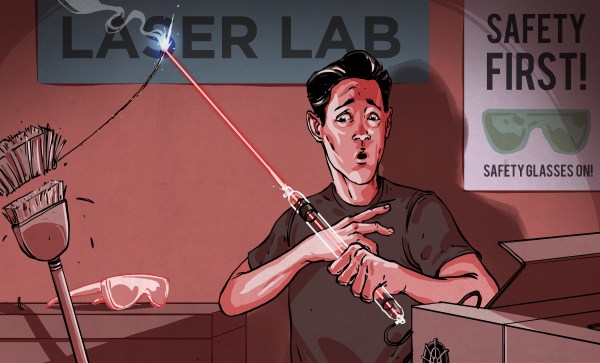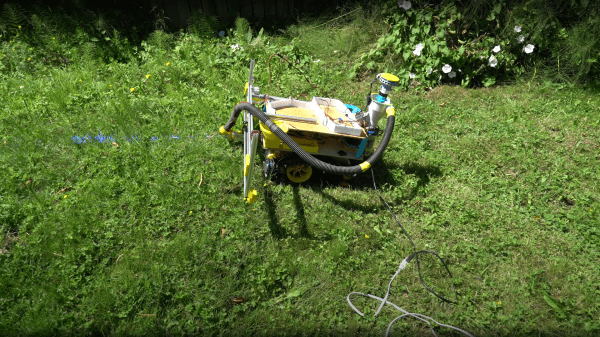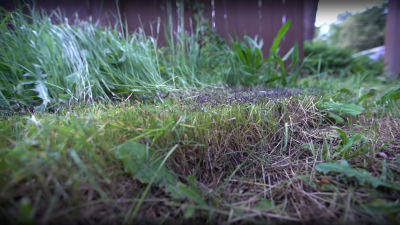You may have missed this month’s issue of Oriental Insects, in which a project by [Ildar Rakhmatulin] Heriot-Watt University in Edinburgh caught our attention. [Ildar] led a team of researchers in the development of an AI-controlled laser that neutralizes moving cockroaches at distances of up to 1.2 meters. Noting the various problems using chemical pesticides for pest control, his team sought out a non-conventional approach.
The heart of the pest controller is a Jetson Nano, which uses OpenCV and Yolo object detection to find the cockroaches and galvanometers to steer the laser beam. Three different lasers were used for testing, allowing the team to evaluate a range of wavelengths, power levels, and spot sizes. Unsurprisingly, the higher power 1.6 W laser was most efficient and quicker.
The project is on GitHub (here) and the cockroach machine learning image set is available here. But [Ildar] points out in the conclusion of the report, this is dangerous. It’s suitable for academic research, but it’s not quite ready for general use, lacking any safety features. This report is full of cockroach trivia, such as the average speed of a cockroach is 4.8 km/h, and they run much faster when being zapped. If you want to experiment with cockroaches yourself, a link is provided to a pet store that sells the German Blattela germanica that was the target of this report.
If this project sounds familiar, it is because it is an improvement of a previous project we wrote about last year which used similar techniques to zap mosquitoes.

